
Exciting new series on “Voice, Body and Movement for Lawyers – How to connect with the jury and find Justice Through Dramatic Technique!”
Click here to find out more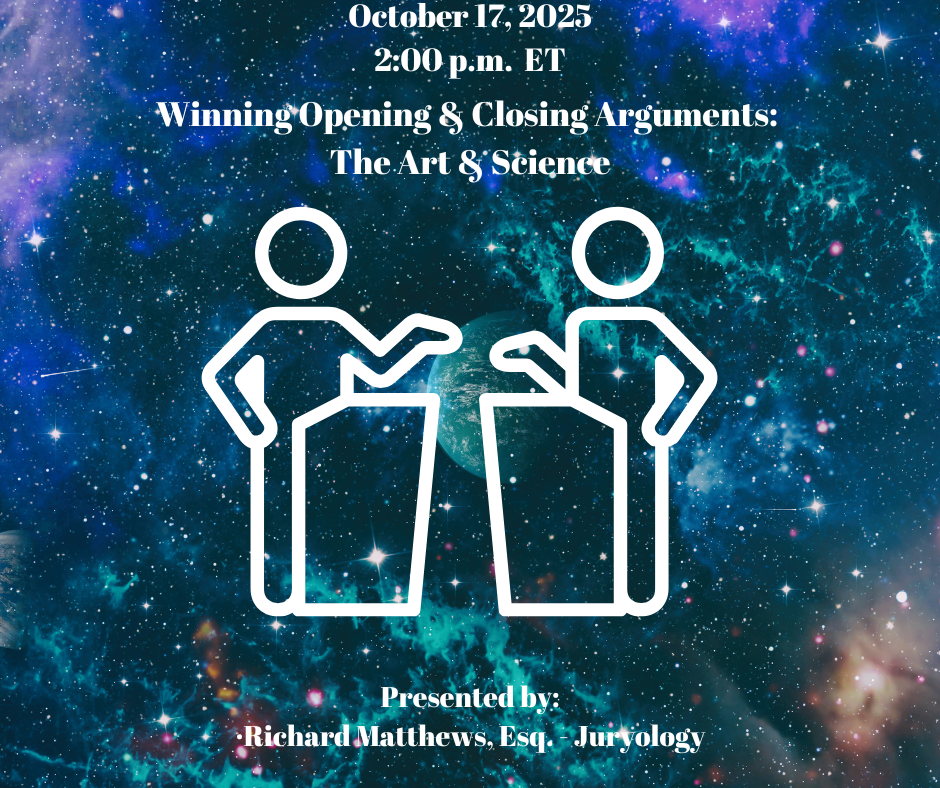
In addition to the fears about Opening Statements and Closing Arguments that lawyers know about – public speaking; captive audience; trials are rare – there are pitfalls lawyers don’t see . . . and therefore fall into. Worse yet, lawyers often try to accomplish the wrong things with their Opening, thus squandering a great opportunity to make some real headway in framing their case for the layperson jurors. And likewise, too many trial lawyers don't understand the structure of successful Closings. This presentation will help lawyers think a little less like lawyers and a lot more like jurors, and help them better set filters and frames which would make it easier for jurors to find their way to your verdict rather than your opponent’s.
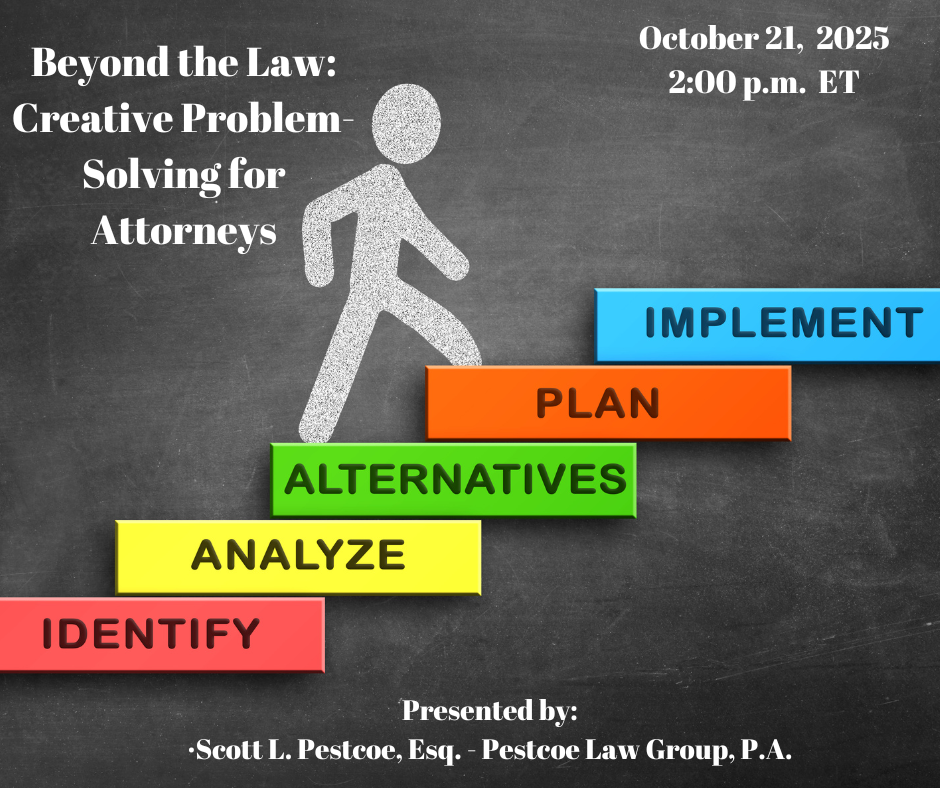
In the fast-paced, ever-evolving legal landscape, lawyers must go beyond traditional litigation and ...
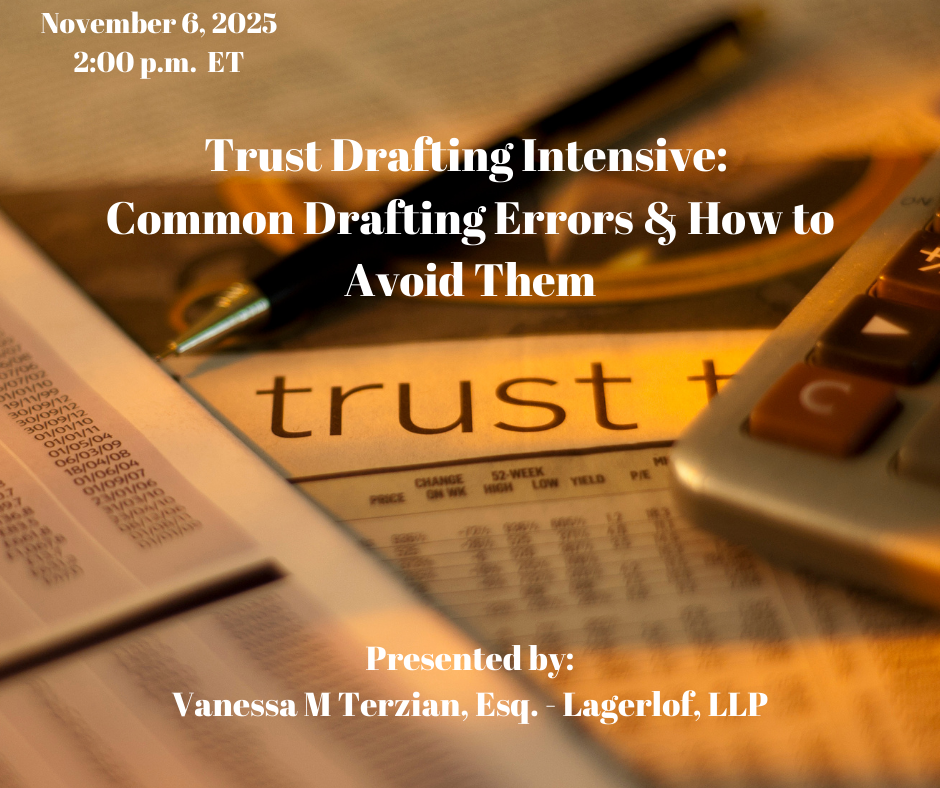
In this presentation, Vanessa Terzian uses examples from actual client documents to demonstrate comm...
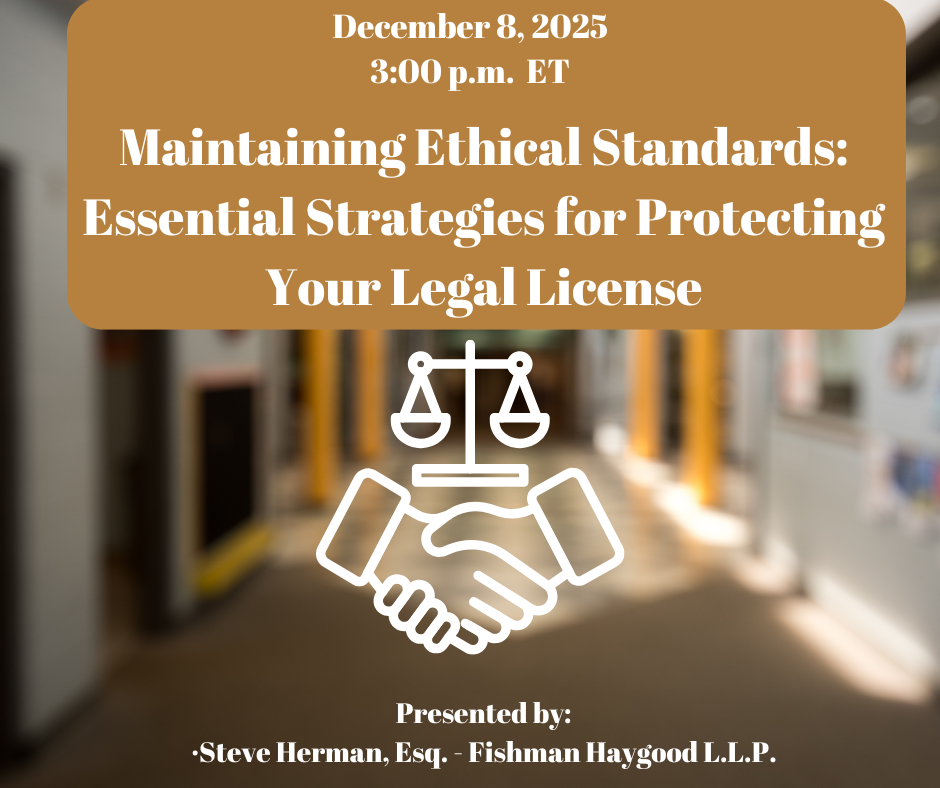
Join Steve Herman on December 8, 2025, for "Maintaining Ethical Standards: Essential Strategies for ...
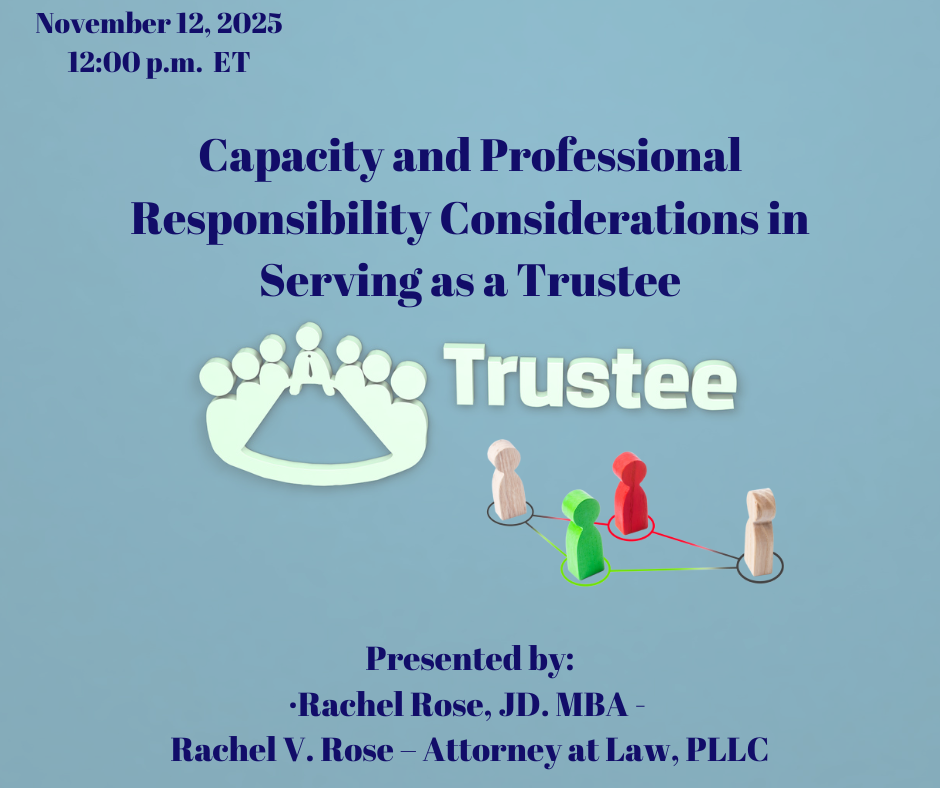
Decision making capacity and professional responsibility should be at the top of every attorney's li...
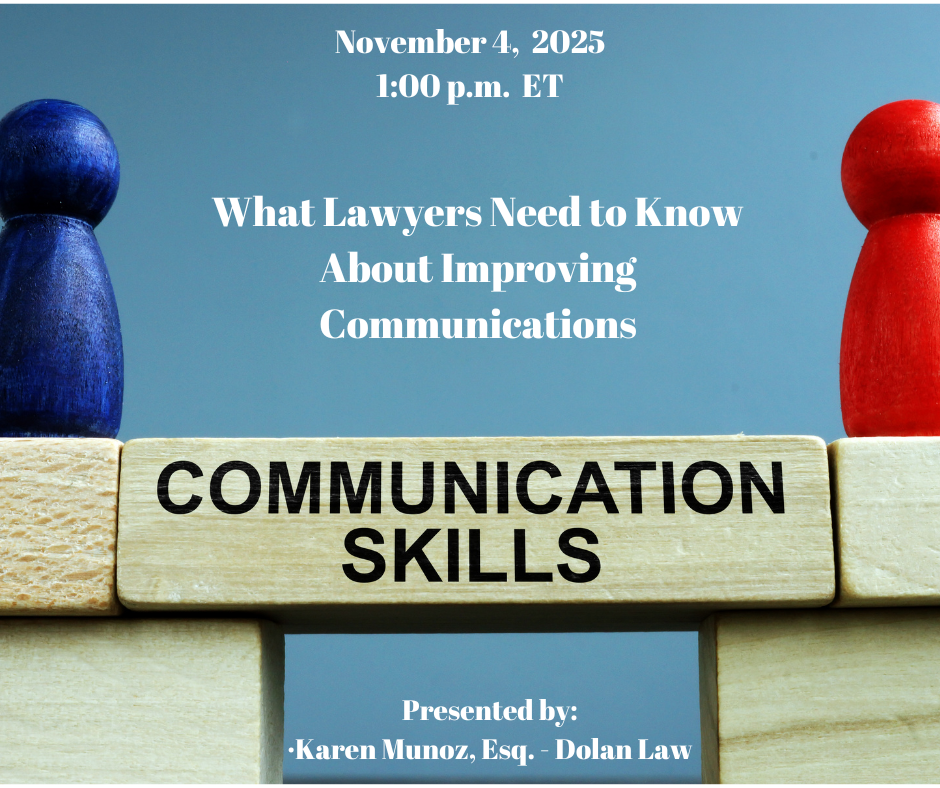
Clear, confident communication is one of the most powerful tools a lawyer can have, yet it’s o...
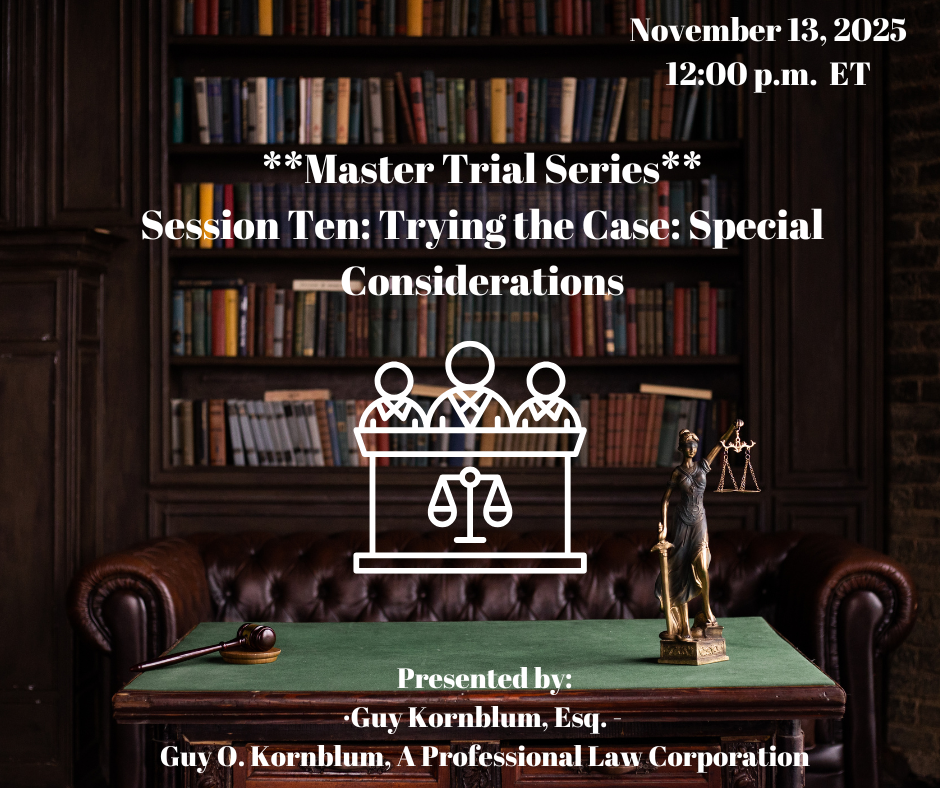
Session 10 of 10 - Mr. Kornblum, a highly experienced trial and litigation lawyer for over 50 years,...
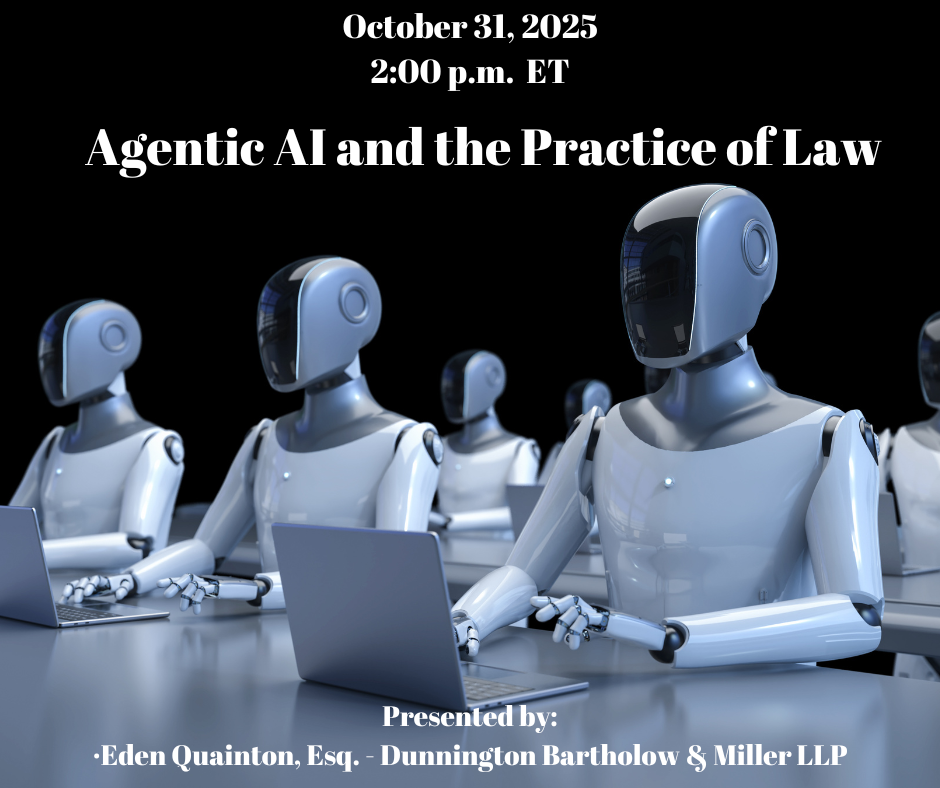
The course will begin by describing what Agentic AI is and how it differs from Generative AI; how it...
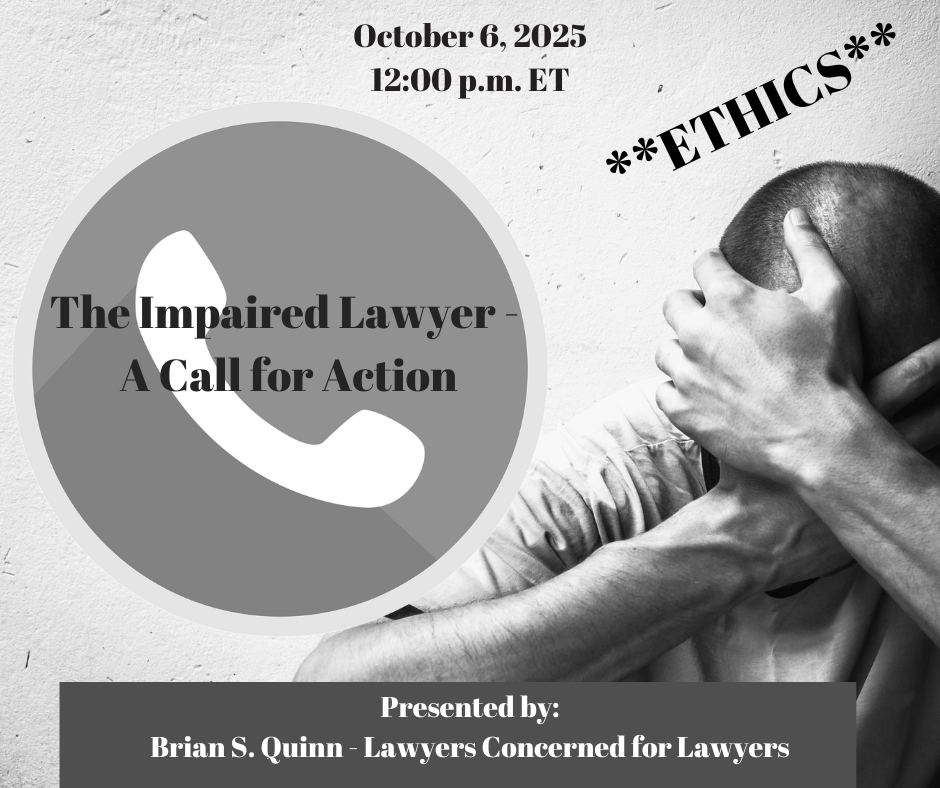
Recent studies have shown that there has been a dramatic increase in impairment due to alcoholism, a...

Session 5 of 10 - Mr. Kornblum, a highly experienced trial and litigation lawyer for over 50 years, ...
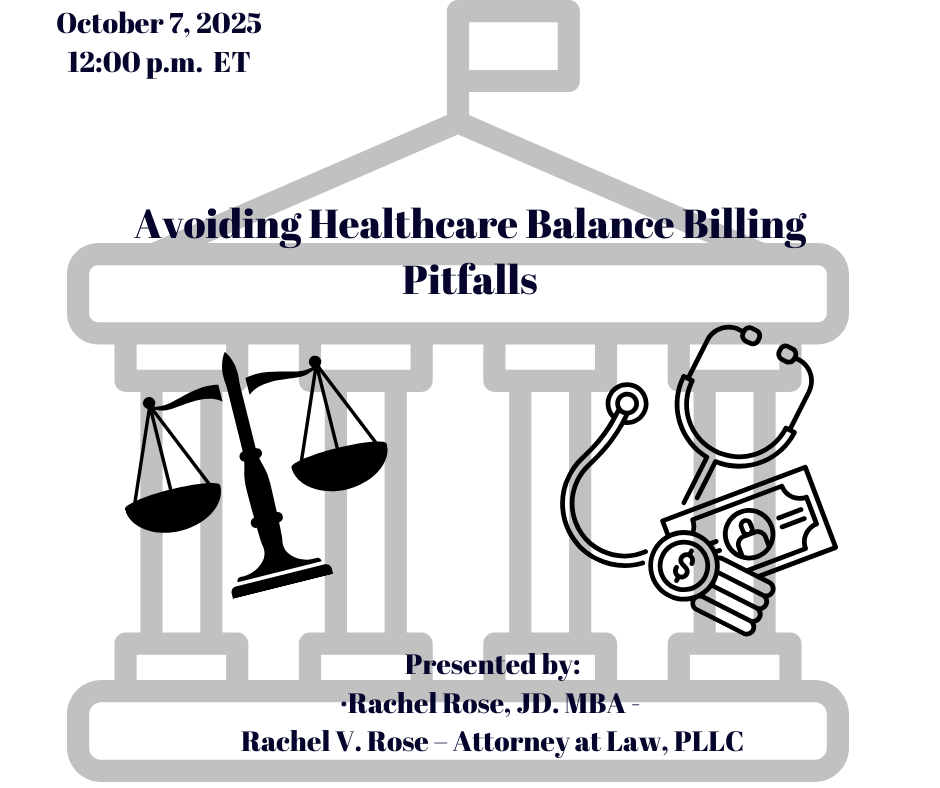
Balance billing in healthcare, especially in relation to Government Programs poses a significant ris...